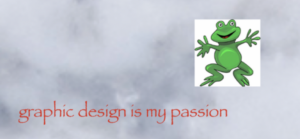The reading sheds light on how computer vision has gone through a significant makeover. It used to be this fancy field only accessible to experts in signal processing and AI, mainly serving military and law enforcement needs. But now, thanks to better software tools, open-source communities, faster computers, and cheaper video hardware, even newbie programmers and artists can dive into computer vision experiments. This shift has sparked a creative boom across the board, from cool art projects to smart home gadgets. It’s clear that technology’s become a lot more user-friendly, opening up tons of exciting possibilities.
The reading doesn’t exactly take sides, but you can sense the author’s excitement about this change. They see it as a great thing, how more people can get in on the computer vision action and create new stuff. While it hasn’t changed my mind about things, it does make me wonder about the bigger picture. As computer vision gets even more common in everyday life, what about ethics and privacy? How do we make sure this tech benefits everyone while keeping any potential problems in check? So, this reading isn’t just about fun gadgets; it also makes us think about the bigger issues that come with them.


